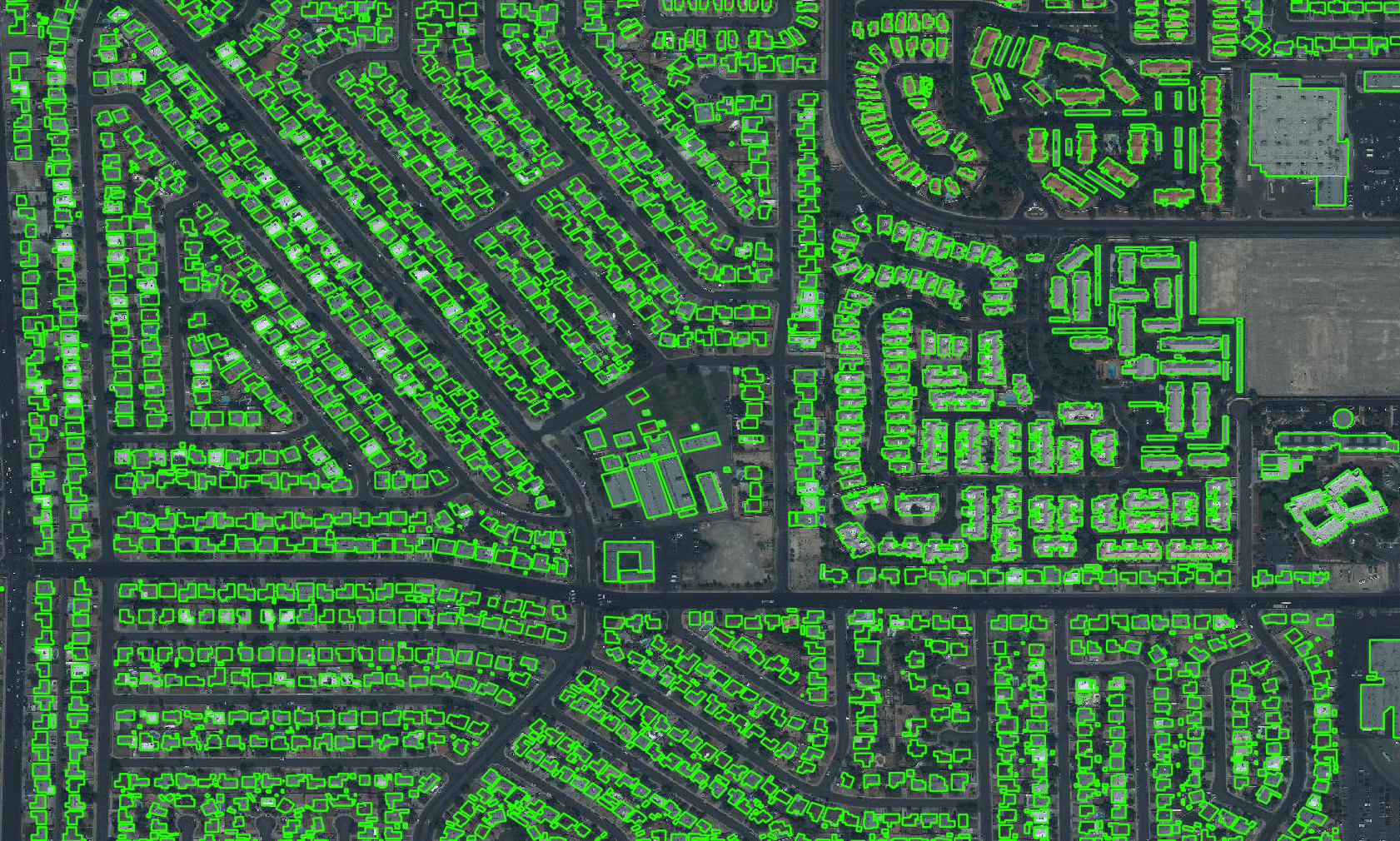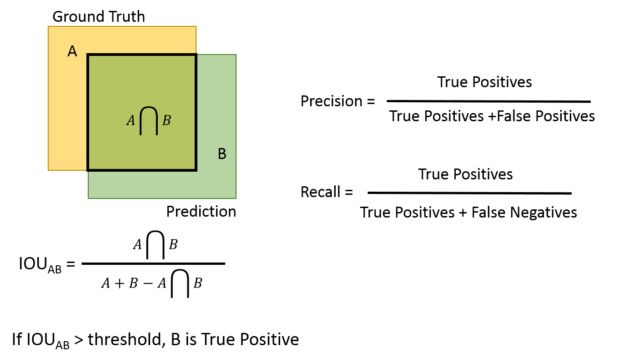

TIFFTAG_TRANSFERFUNCTION_GREEN.Description. The primaries and whitepoints are in "x, y, 1.0" format in xyY colours. If it is not available, check if the profile name is 'sRGB'. outputfile = 'Greenland_vel_mosaic_250_vy_v1.nc'.PNG also has a name property for the profile. inputfile = 'Greenland_vel_mosaic_250_vy_v1.tif'. #what you want to name your output file (outputfile). #Change the following variables to the file you want to convert (inputfile) and.
SPACENET DATASET CODE
The following code can be used to convert a geoTIFF to a netCDF file: from osgeo import gdal. I have a numpy array which has the shape is (7703,7703,9) I want to export this array to 7700 rows x 7703 columns with 9 separated bands geoTiff image using gdal.But I still can't find a simple way to transform the 2-d array into tiff file. I can use gdal package to read tiff files which are already exist.be interesting to run some benchmarks and write a guide on compressing and optimizing GeoTIFF files using the latest versions of GDAL. from osgeo import gdal import numpy as np import .١٦/٠٨/٢٠١٨. Python3 from osgeo import gdal, ogr …tif. Importing the modules: Import the gdal and ogr modules from osgeo. Notice how we are handling runtime errors this function might throw.The tiff file to be opened can be downloaded here.

Gdal save tiff import gdal # open dataset ds = gdal.Open('test.tif') # close dataset ds = None Get Raster Metadata ¶ Get raster metadata for quick-and-dirty resolution checks from osgeo import gdal gtif = gdal.Open( "INPUT.tif" ) print gtif.GetMetadata() Get Raster Band ¶ Get a raster band.


 0 kommentar(er)
0 kommentar(er)
